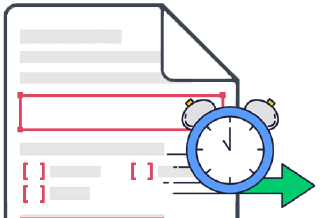Import and Upload Existing Procedures
Although Adobe Acrobat, Microsoft Word and Google Docs are powerful document creation tools, they don’t offer the ability to create a checklist. They don’t provide functionality that allows your customers to input text responses to your questions. I won’t blame them for this, after all, they are not a to-do list app nor software to manage processes.
We know that it can be challenging to get your documented procedures and processes onboarded into a new solution to manage them. Instead of manually re-creating your procedures or documented processes in our software, we allow you to upload or import these documented processes. Our automation converts your document into a template for your procedure. The template standardizes your procedure and allows you to run it repeatedly with consistency in your operations.
Create Procedures from Word Docs, PDF Files, and more!
Create a new procedure in Keeni by simply uploading a document. The most common file formats are Microsoft Word and Adobe PDF. Once the document is uploaded, it will be processed and automatically converted into a template for your procedure.
While the upload process supports multiple document formats, the most commonly used ones are .DOC and .DOCX for a Microsoft Word documents as well as .PDF for Adobe Acrobat documents.
Complete list of supported file extensions: .doc .docx .abw .pdf .odt .rtf .html .md .txt .zip
Import Google Docs
If you use Google Docs for as your word processor, you can easily import these documents directly. Keeni supports signing in with Google. Then you can select which Google Doc to import. The Google Doc will be imported and automatically converted into a template for your procedure.


